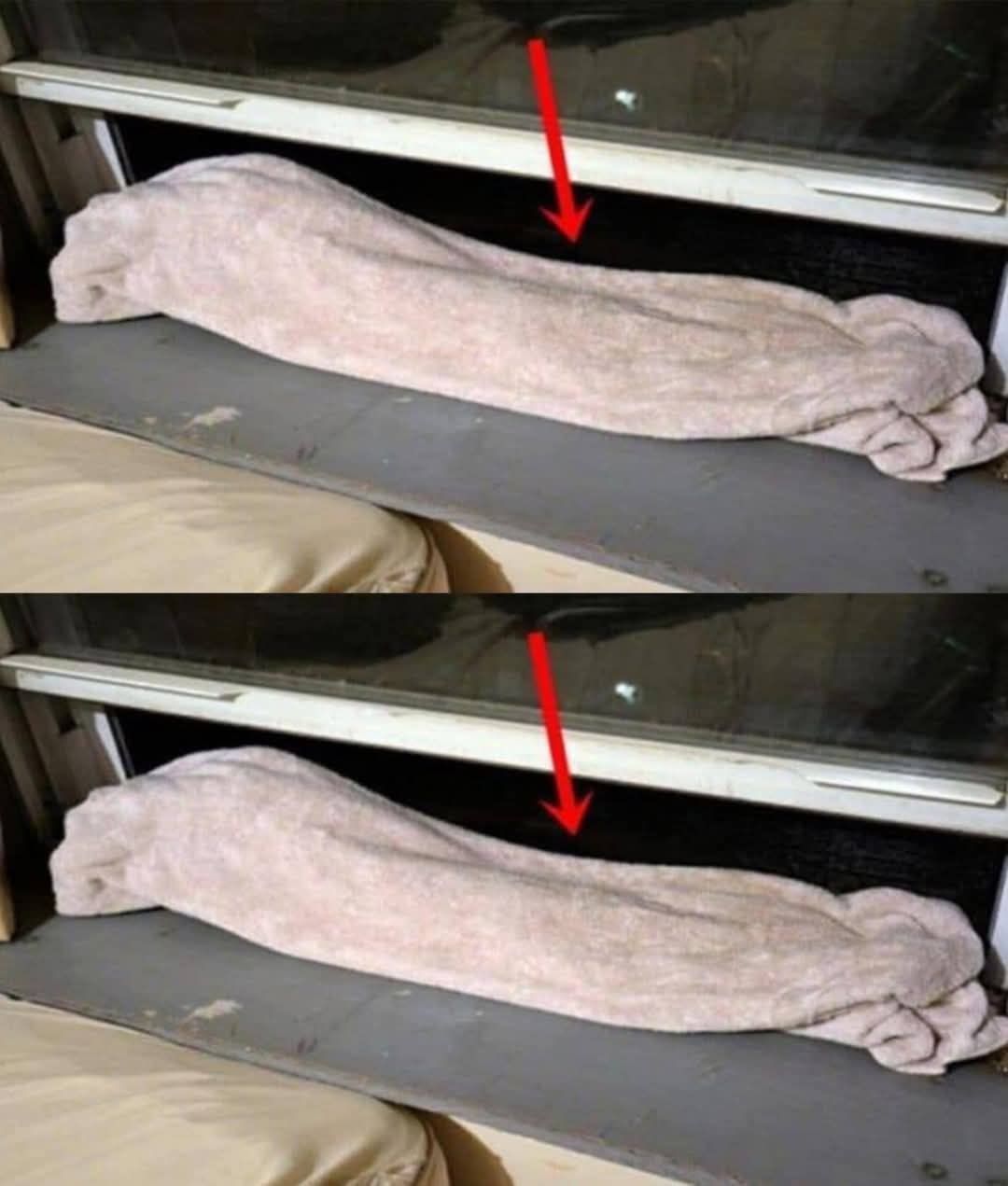ADVERTISEMENT
#### **5. Comfort and Better Sleep**
Creating the right atmosphere for sleep is crucial for restful nights, and humidity plays an important role in how we sleep. Dry air can lead to discomfort during sleep, causing dry throats, snoring, and even nosebleeds in extreme cases. By introducing some moisture into the air, a wet towel on the window helps improve overall sleep quality by creating a more comfortable breathing environment.
People who live in areas with extremely dry air or in homes with artificial heating often experience discomfort while sleeping. Adding humidity through a wet towel can help prevent this dryness, leading to a more peaceful sleep without the discomfort of dry skin or a sore throat.
Additionally, the increased humidity may prevent your skin from becoming overly dry, which is common in cold winter months. It can also prevent the air from becoming too stuffy, leading to better circulation and airflow during the night, all of which contribute to a more restful sleep.
#### **6. Cost-Effective Alternative to Humidifiers**
While many people opt for expensive humidifiers to regulate humidity levels in their homes, a wet towel on the window provides a much more affordable and low-maintenance alternative. Humidifiers can be costly both in terms of initial purchase price and ongoing maintenance. They require regular cleaning, refilling, and can even raise your electricity bill.
In contrast, the practice of hanging a wet towel on the window is free, simple, and requires little more than a towel and water. It’s an environmentally friendly option that doesn’t rely on electricity or disposable products. This makes it an appealing choice for those who want to save money and reduce their carbon footprint while still benefiting from the advantages of increased humidity.
### **How to Implement This Simple Practice in Your Home**
If you’re interested in trying this technique out for yourself, here’s how you can implement it in your own home:
#### **1. Select the Right Towels**
Choose a clean, absorbent towel that’s large enough to cover the window you plan to use. You may want to use a small hand towel, dish towel, or even a larger bath towel depending on the size of the window. The more absorbent the towel, the more moisture it will hold and release into the air.
#### **2. Soak the Towel**
Before hanging the towel, soak it in water. You don’t need to wring it out completely; a slightly damp towel works best because it will release moisture slowly as it dries throughout the night. You can also experiment with the amount of moisture, depending on the humidity levels in your home and your comfort preferences.
#### **3. Hang the Towel**
Hang the damp towel over the window frame, ensuring that it covers as much of the window as possible. You can drape it directly over the window or hang it using a hook, tension rod, or any other suitable method that allows it to stay in place overnight.
#### **4. Let It Dry Overnight**
Leave the towel hanging overnight to allow the water to evaporate gradually. You may need to replace the towel with a fresh one every few nights, especially if the air in your home is particularly dry.
#### **5. Monitor the Effects**
Keep track of how the wet towel affects your home environment. Pay attention to changes in air quality, humidity, and overall comfort. If you find that the humidity level is too high or too low, adjust the amount of water in the towel or the number of towels you use.
### **Potential Drawbacks and Considerations**
While this practice can have numerous benefits, there are a few potential drawbacks to consider:
– **Moisture Buildup**: If the towel is left on the window for too long or if the humidity levels rise too much, it can create excess moisture in the room, leading to condensation on the windows or even the growth of mold and mildew. Make sure the room is well-ventilated and check the window regularly to avoid any issues.
– **Not Suitable for All Windows**: This method may not work well for all types of windows. Some windows, especially those with poor insulation or drafts, may not allow the moisture to stay in the room long enough for it to have an effect.
– **Maintenance**: If you’re using a damp towel every night, make sure to wash it regularly to prevent any mold or bacteria from growing. A towel that is left damp for too long can start to develop unpleasant odors.
### **Conclusion**
Placing a wet towel on the window every night may seem like an unusual habit, but it’s a clever and simple way to improve the air quality, humidity levels, and comfort in your home. By introducing a little moisture into the air, you can combat the dry conditions of winter, reduce static electricity, improve sleep, and maintain the health of indoor plants—all without the need for expensive appliances or complicated setups.
Whether you’re looking to create a more comfortable environment, reduce dryness in your skin, or simply sleep better at night, this easy practice can help. It’s a low-cost, effective, and environmentally friendly solution that’s worth considering if you want to improve the overall quality of your home environment. Give it a try and see how it works for you!
